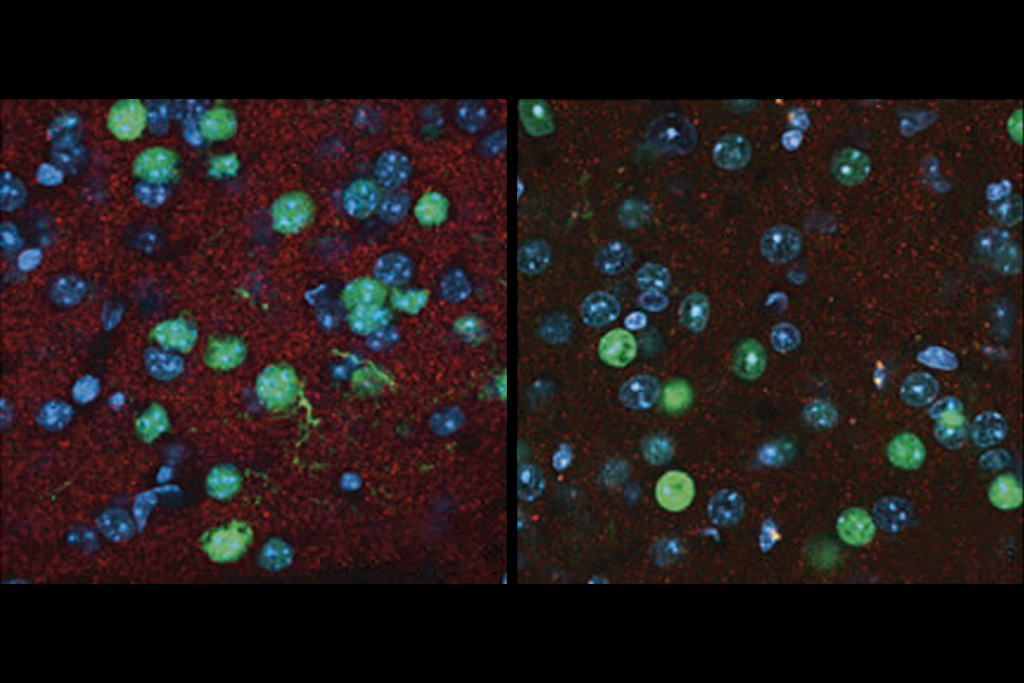New tool links gene to function in zebrafish
Researchers have devised a way to inactivate genes in zebrafish embryos, creating a collection of hundreds of mutant fish lines in which gene function can be explored. The technique was published online 8 May in Nature Methods.
Researchers have devised a way to inactivate genes in zebrafish embryos, creating a collection of hundreds of mutant fish lines in which gene function can be explored. The technique was published online 8 May in Nature Methods1.
The method allows researchers to later reactivate those genes in select tissues, potentially revealing how a given gene affects development and behavior in a living organism. The collection is freely available in an online database called zfishbook. The researchers say they’ve shipped about 100 lines to various labs for further study.
In the past few years, zebrafish have become choice disease models, even for complex brain disorders such as schizophrenia and autism. The fish breed rapidly, producing about 100 embryos in a single mating. The transparent embryos allow scientists to use fluorescent tags to observe gene expression and organ development.
For example, one team is using the fish to study the genes in a stretch of chromosome 16, which is linked to autism. Another is focusing on brain signaling in fish missing CNTNAP2, an autism candidate gene.
In the new study, researchers took advantage of transposons, so-called jumping genes, which randomly hop into the genome and disrupt a gene from making a normal protein. The transposons carry a fluorescent tag that allows researchers to locate the mutant protein.
“We think of them as genetic trucks that allow us to carry cargo — genetic material — into the fish in a permanent way,” notes lead investigator Stephen Ekker, professor of biochemistry and molecular biology at the Mayo Clinic in Rochester, Minnesota.
Transposons inserted into a fish embryo may disrupt many genes, but only some within germ cells that can pass the mutation to the next generation. The offspring will carry the mutations in all of their cells, with each mutation showing up as a different pattern of red fluorescence.
By selectively breeding embryos that show the same red patterns, the researchers have created about 350 lines of fish in which a single gene is disrupted. They hope to make 2,000 lines, representing about 10 percent of the zebrafish genome.
References:
-
Clark K.J. et al. Nat. Methods Epub ahead of print (2011) PubMed
Recommended reading
Home makeover helps rats better express themselves: Q&A with Raven Hickson and Peter Kind

Genetic profiles separate early, late autism diagnoses

SHANK3 deficiency and behavior in mice; and more
Explore more from The Transmitter
Psilocybin rewires specific mouse cortical networks in lasting ways
